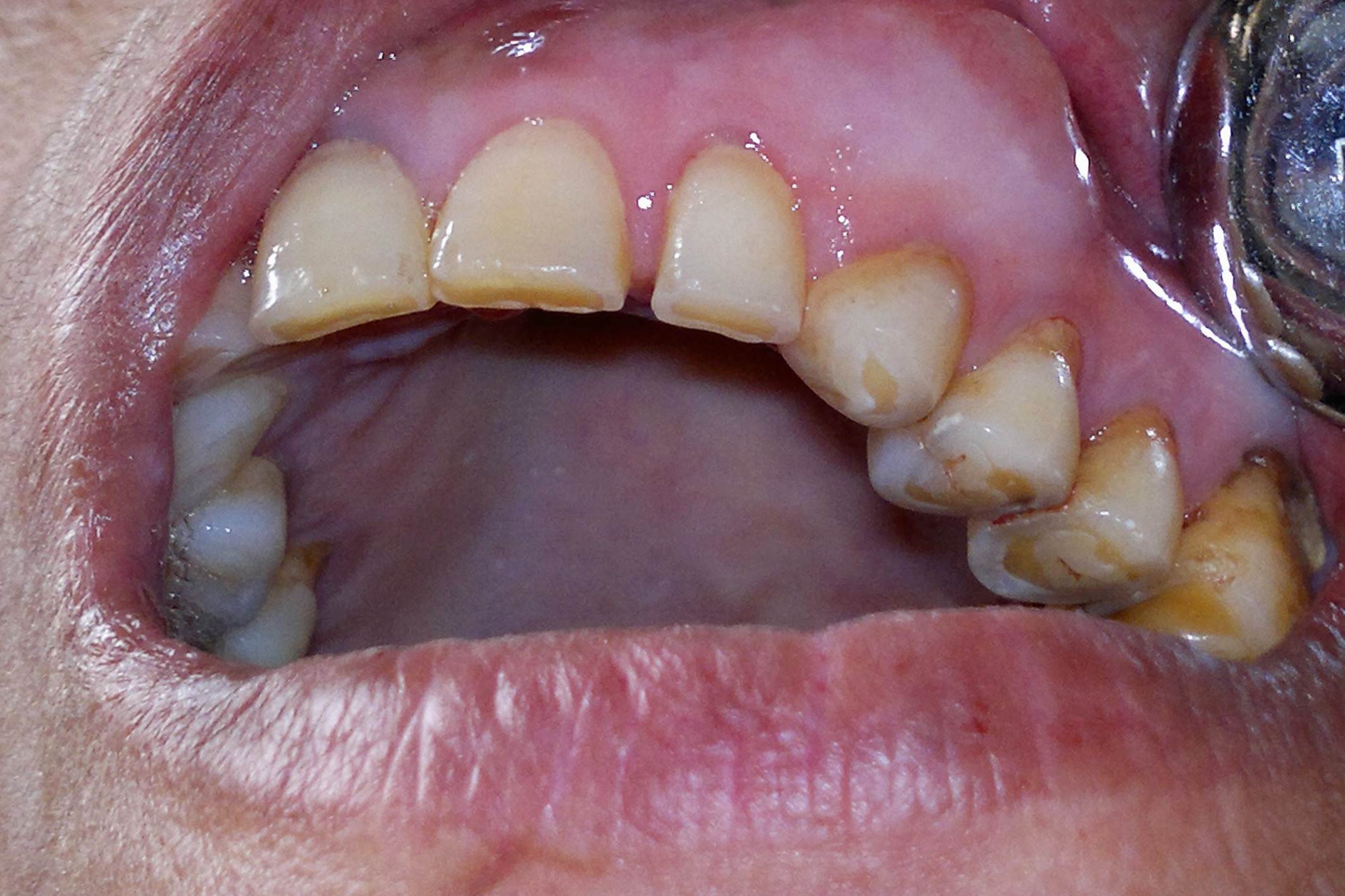
Hirsutism Congenital Gingival Hyperplasia might sound like a mouthful, but it's a condition worth understanding. Hirsutism refers to excessive hair growth in areas where hair is usually minimal or absent, while Congenital Gingival Hyperplasia involves the overgrowth of gum tissue from birth. These two conditions can sometimes occur together, creating unique challenges. Imagine dealing with both unwanted hair and excessive gum tissue! This combination can affect daily life, from eating to self-esteem. Knowing the facts about this condition can help in managing it better. Let's dive into 25 intriguing facts about Hirsutism Congenital Gingival Hyperplasia that will shed light on its causes, symptoms, and treatments.
Key Takeaways:
- Hirsutism is excessive hair growth in women, often caused by hormone imbalances. It can be managed with medications, laser hair removal, and a healthy lifestyle.
- Congenital Gingival Hyperplasia is a rare condition causing overgrown gums. Treatment involves surgery and careful oral hygiene for a better quality of life.
What is Hirsutism?
Hirsutism is a condition where women experience excessive hair growth in areas where men typically grow hair, such as the face, chest, and back. This can be distressing and often signals underlying health issues.
- Hirsutism affects about 5-10% of women of reproductive age.
- It is often caused by an imbalance of hormones, particularly an excess of androgens.
- Polycystic Ovary Syndrome (PCOS) is the most common cause of hirsutism.
- Certain medications, like anabolic steroids, can also trigger hirsutism.
- Genetics play a significant role; if your mother or sister has hirsutism, you are more likely to develop it.
- Obesity can exacerbate hirsutism by increasing androgen production.
- Insulin resistance is another contributing factor, often linked to PCOS.
- Adrenal gland disorders, such as Cushing's syndrome, can cause hirsutism.
- Thyroid dysfunction may also lead to excessive hair growth.
- Diagnosis typically involves blood tests to measure hormone levels and imaging tests to check for ovarian cysts or adrenal tumors.
What is Congenital Gingival Hyperplasia?
Congenital Gingival Hyperplasia (CGH) is a rare condition characterized by the overgrowth of gum tissue. This can cause functional and aesthetic issues, impacting a person's quality of life.
- CGH is usually present at birth but can develop during childhood.
- The condition is often genetic, passed down through families.
- Mutations in the SOS1 gene are commonly associated with CGH.
- Symptoms include swollen, thickened gums that may cover teeth partially or completely.
- Difficulty in chewing and speaking are common issues faced by those with CGH.
- Oral hygiene becomes challenging, increasing the risk of dental infections.
- Surgical intervention is often required to remove excess gum tissue.
- Regular dental check-ups are crucial for managing the condition.
- Non-surgical treatments, like scaling and root planing, can help in mild cases.
- Orthodontic treatment may be necessary to correct misaligned teeth caused by gum overgrowth.
How are Hirsutism and Congenital Gingival Hyperplasia Managed?
Managing these conditions often involves a combination of medical treatments and lifestyle changes. Understanding the options can help improve quality of life.
- Hirsutism can be managed with medications like oral contraceptives and anti-androgens.
- Laser hair removal and electrolysis are effective long-term solutions for hirsutism.
- Weight loss and a healthy diet can help manage hormone levels in hirsutism.
- For CGH, surgical removal of excess gum tissue is often the most effective treatment.
- Post-surgery care for CGH includes maintaining excellent oral hygiene and regular dental visits.
Final Thoughts on Hirsutism Congenital Gingival Hyperplasia
Hirsutism Congenital Gingival Hyperplasia, though rare, impacts many lives. Understanding its symptoms, causes, and treatments can help those affected manage their condition better. Genetic factors play a significant role, and early diagnosis is crucial for effective treatment. Regular dental check-ups and maintaining good oral hygiene can alleviate some symptoms.
Support from healthcare professionals and loved ones is essential for those dealing with this condition. Advances in medical research continue to offer hope for improved treatments and outcomes. Staying informed and proactive can make a significant difference in managing Hirsutism Congenital Gingival Hyperplasia.
Remember, knowledge is power. By spreading awareness and understanding, we can help those affected lead healthier, more comfortable lives.
Frequently Asked Questions
Was this page helpful?
Our commitment to delivering trustworthy and engaging content is at the heart of what we do. Each fact on our site is contributed by real users like you, bringing a wealth of diverse insights and information. To ensure the highest standards of accuracy and reliability, our dedicated editors meticulously review each submission. This process guarantees that the facts we share are not only fascinating but also credible. Trust in our commitment to quality and authenticity as you explore and learn with us.
